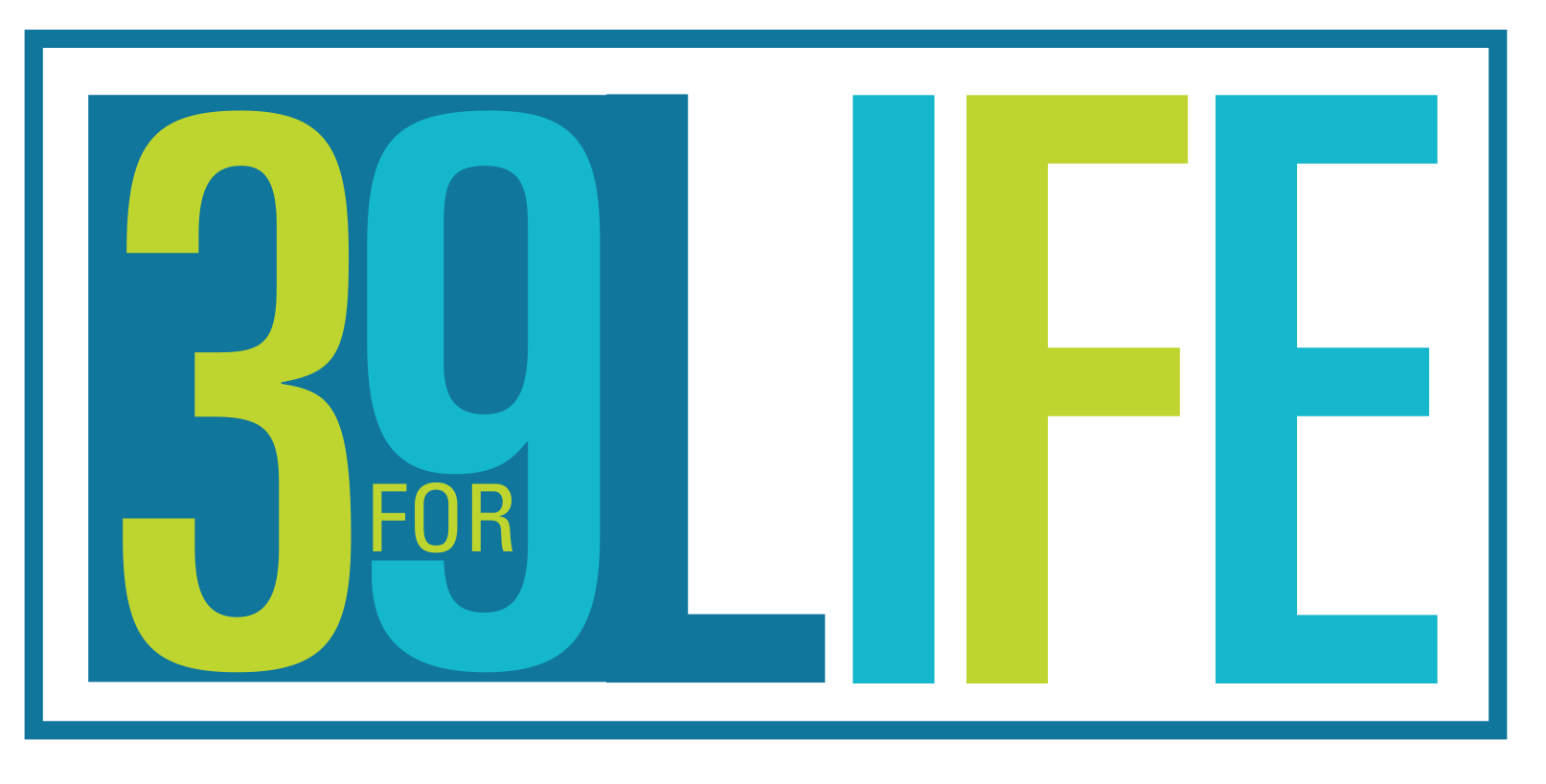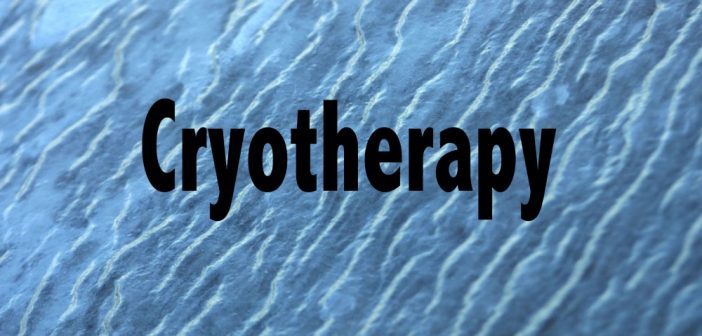When it comes to the latest trend in rehabilitative and wellness treatment, cryotherapy is the hottest thing in town. You may not recognize the name of the treatment, but you have probably heard about the circumstances. It’s cold. Real cold. We’re talking bone-chilling temperatures that hover around -150 to -250 degrees Fahrenheit.
So why would a rational person, who rather enjoys full use of his limbs, consider doing this? “[Cryotherapy] is an ideal complement to other healing or therapy programs,” says David K. Williams, cofounder and chairman of Restore Cryotherapy Mountain West. “But it’s also for anyone interested in looking and feeling energized and healthy as they possibly can.” Restore recently opened its doors to the public in Sugarhouse, Utah. And the response has been anything but chilly.
Related link: Are Leg Cramps Leaving You in Knots?
Although using ice to control inflammation and reduce the effects of injury isn’t a new treatment, the concept of using dry cold via liquid nitrogen instead of ice immersion (ice bath) is relatively new. “The process was invented in 1978 by Toshima Yamauchi, a Japanese medical doctor who was seeking a treatment for rheumatoid arthritis,” says Cameron Albert-Deitch. He explains that the science behind introducing the body to extremely cold temperatures triggers a fight-or-flight survival response that causes the blood to leave the extremities and head toward the body’s core.
“The body prepares to fix any potentially damaged vital organs by pushing more oxygen, enzymes, and nutrients into the blood, and when the treatment is over, that enriched blood flows back into the rest of the body, accelerating cell renewal in tissues and skin,” says Deitch.
The result is a laundry list of health benefits:
Increases Metabolic Rate
Related link: 5 Energizing Ways to Boost Your Metabolism
Name a form of exercise that can burn up to 800 calories in three minutes. There aren’t many. But one cryotherapy session does just that while providing other benefits. “Regarding rehabilitative treatment, a three-minute cryotherapy session has an impact beyond a 45-minute soak in an ice bath,” said Brody King, cofounder, and CEO of Restore. “And since users are surrounded by cold, dry air instead of iced water, most people find it relaxing and rejuvenating.”
Reduces Inflammation
One of the biggest challenges for athletes or wellness enthusiasts is to control inflammation. “Although injuries are expected when you lead an active lifestyle, chronic inflammation is not something you have to live with,” says Williams. “Inflammation over a prolonged time not only compromises an athlete’s top performance, but it can lead to chronic injury and other health problems.”
Boosts Energy
When it comes to acquiring more energy, most people are willing to drink it, climb it, wade through it, wear it—anything that promises to give energy levels a boost—as long as it doesn’t take too much time. “We are excited to provide our clients with more energy, lower pain and to improve the lives of everyone who comes to see us by showing them just how good their bodies are able to feel,” says King. And people get results in less time than it takes to pump gas in their car. Studies also show that cryotherapy shortened the recovery time from minor injuries.
Improves Longevity
For people more motivated by wellness rather than dealing with injury, emerging research is studying the long-term use of cryotherapy to help control autoimmune conditions, arthritis, chronic fatigue syndrome, and multiple sclerosis and to improve skin tone and elasticity. However, despite these findings, cryotherapy has not been approved by the FDA for treating medical conditions.
The main message that drives cryotherapy is that people don’t have to live with pain. By investing a minimal amount of time, people can enjoy maximum recovery with impressive, life-changing results. Got three minutes? Cryotherapy may be your solution.
This article was originally published by Daily Herald.




